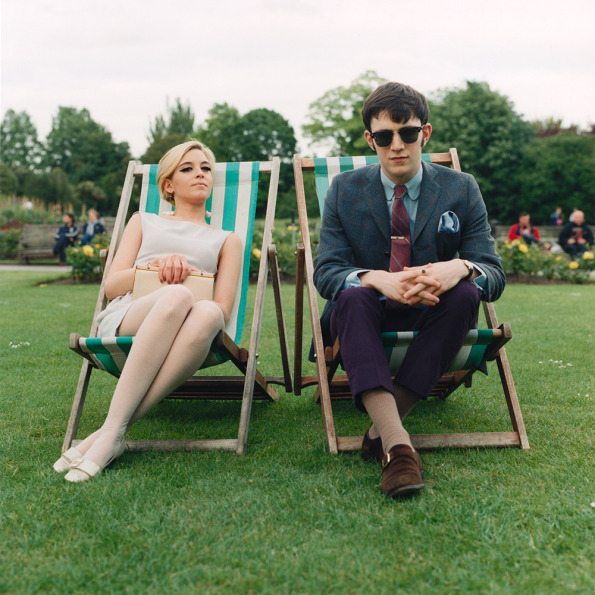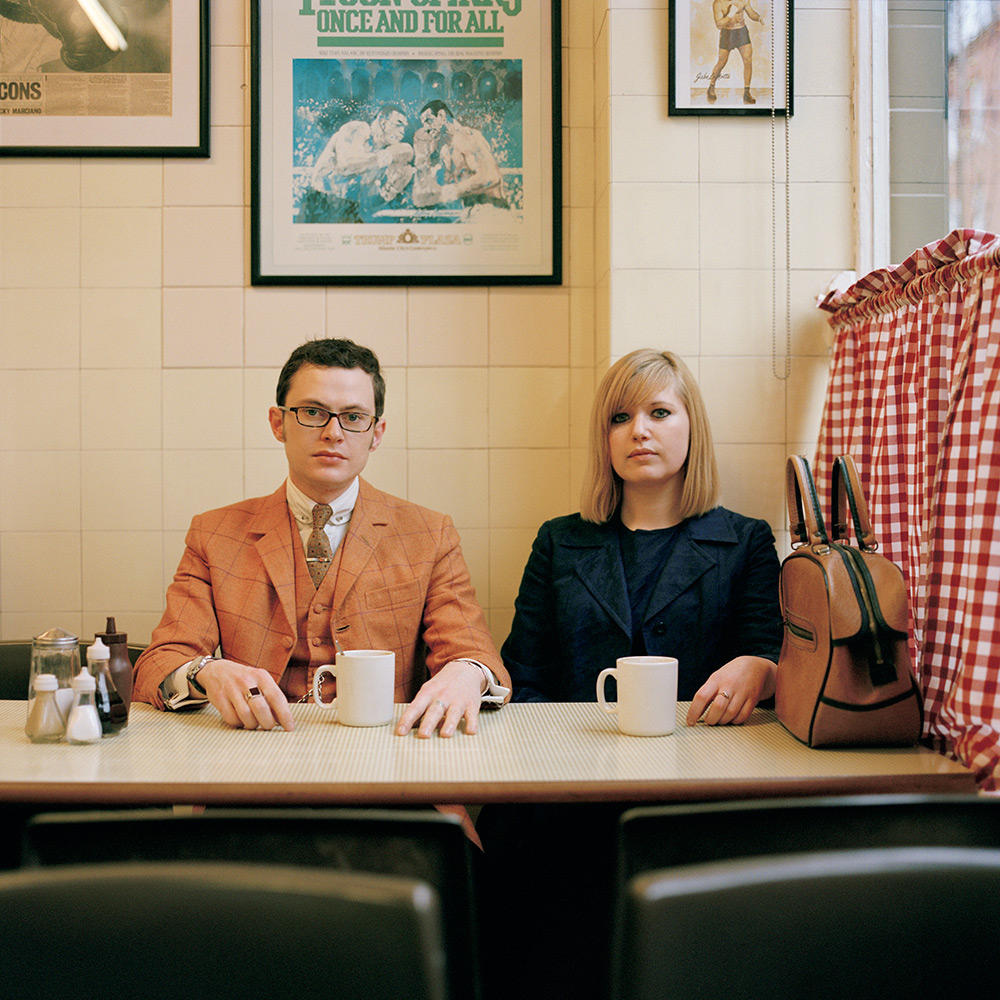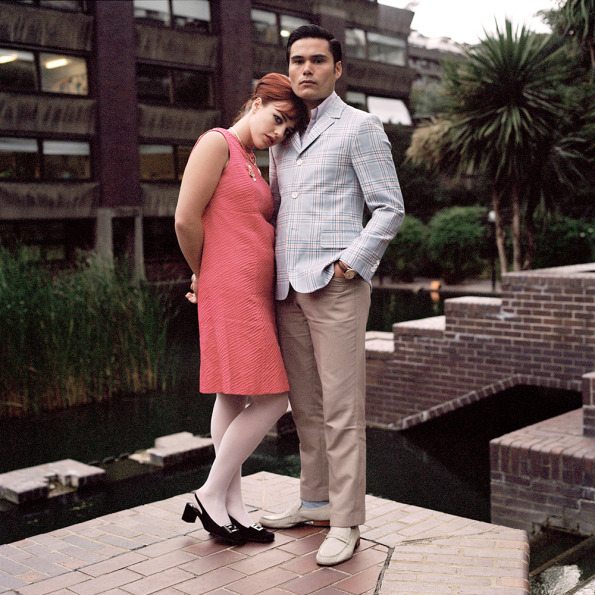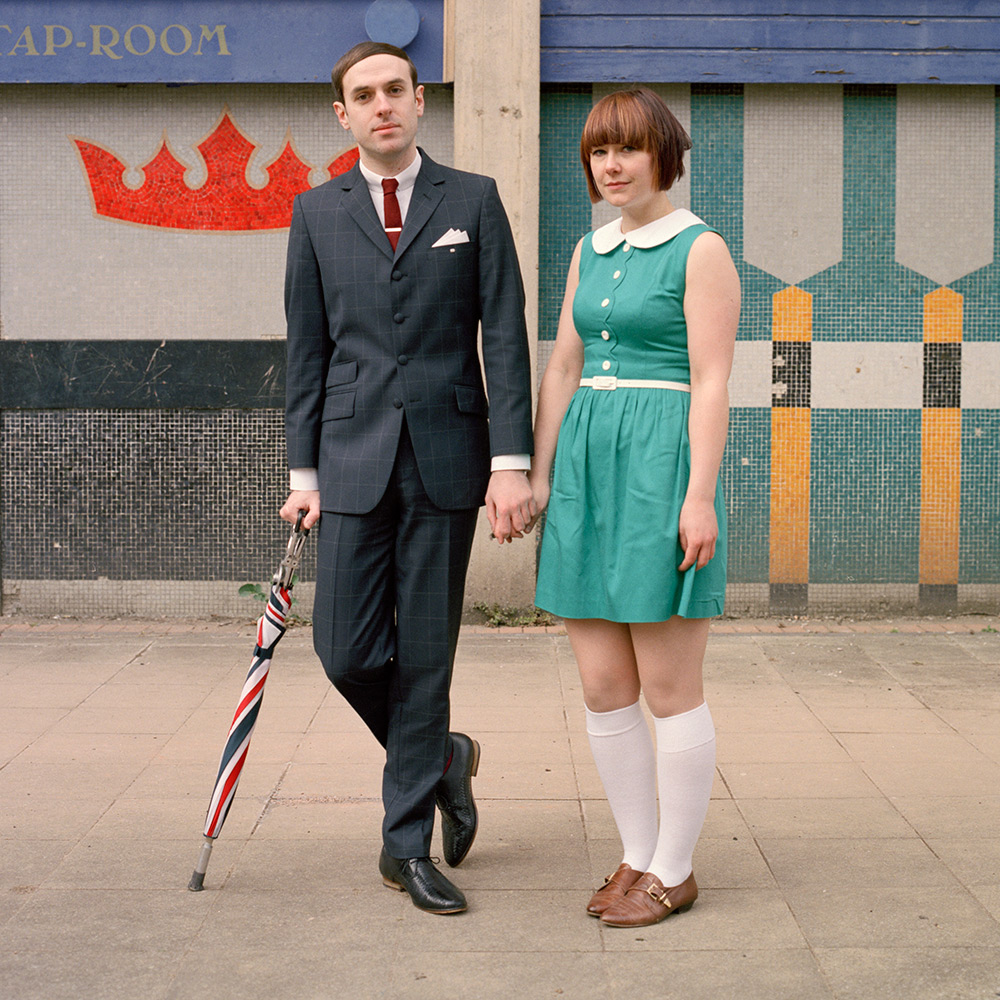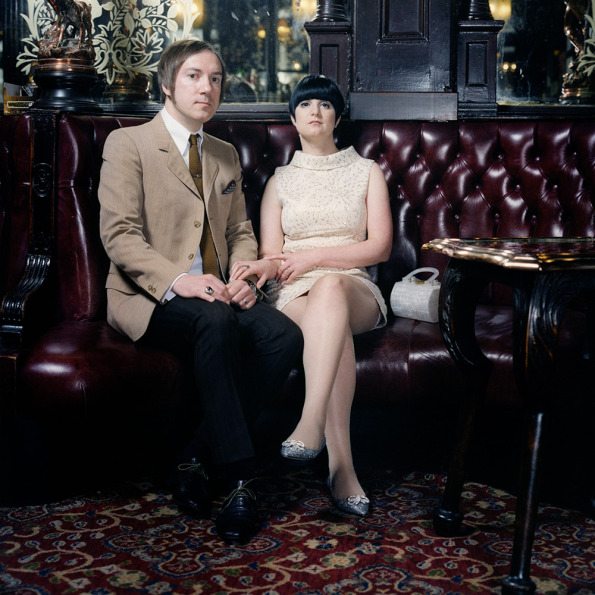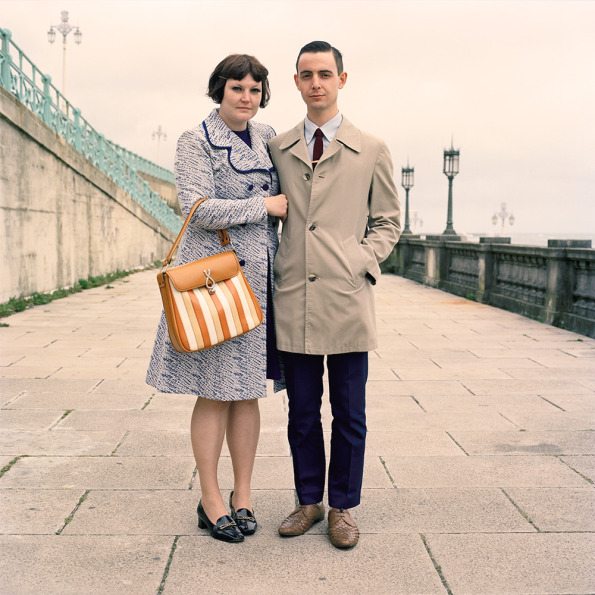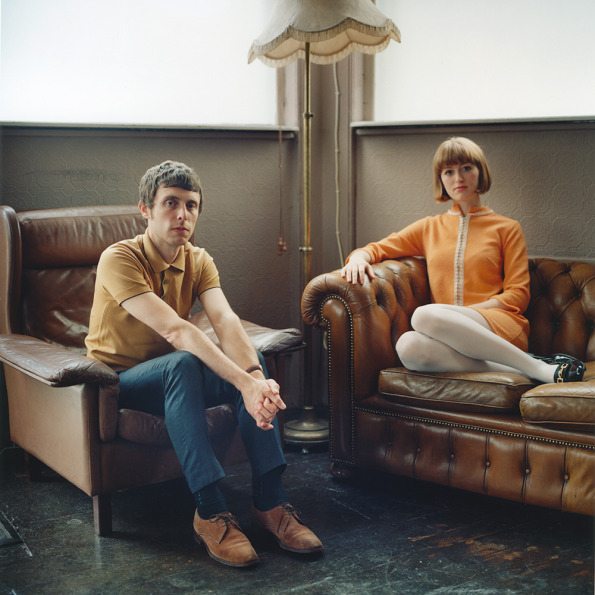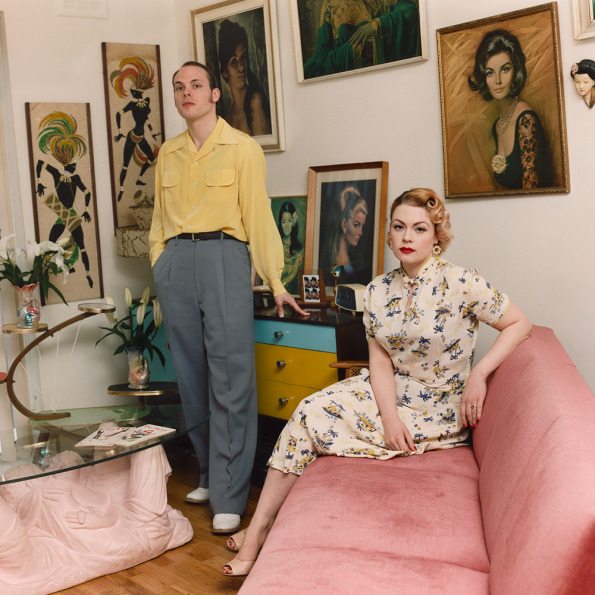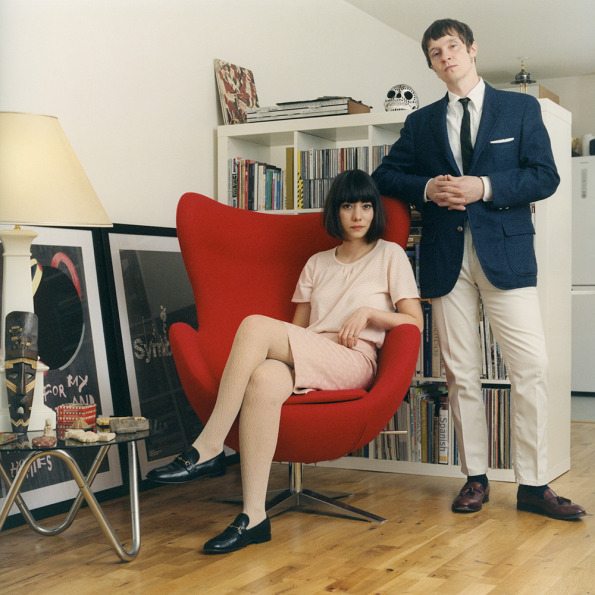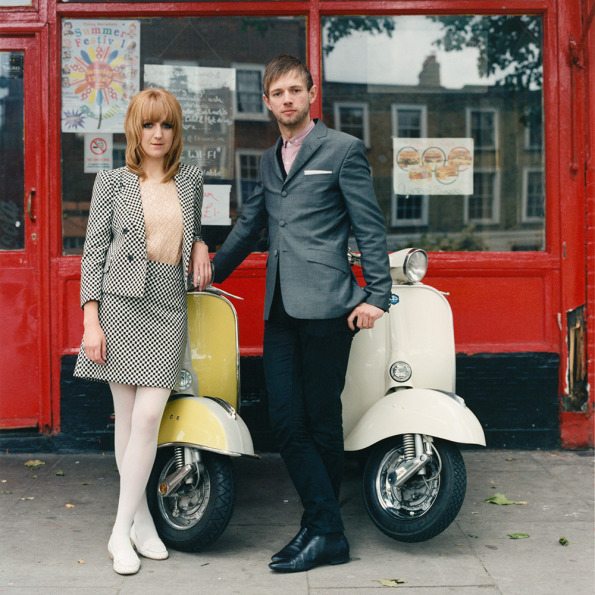Last Updated on 11/11/2014 by Chris Gampat
All images by Carlotta Cardana. Used with permission
Everyone has always wanted to be part of some sort of secret society and get into secret parties–and Carlotta Cardana has spent lots of time gaining the trust of some of these secret society members. In her photo project, “Modern Couples” she photographs couples that love to dress in 1950’s and 60’s inspired clothing and styles. To do this project, Ms. Cardana spends time at underground parties talking people up and gaining trust.
And as she tells us, trust is an essential piece of any documentary project.
Phoblographer: This is obviously a documentary portraiture project, but what attracted you to the subjects to begin with?
Carlotta: I had always been aware (and attracted by!) the Mod subculture, especially after moving to London. I started attending the Mod parties, known as “All-Nighters” and loved how it was a sort of time machine back to the 50s and 60s, not as they really were, but as we like to imagine them. It was to capture and transmit that sensation that I began the project. My objective was to create timeless images; portraits that the viewer is unable to date.
From very early on, I decided to focus on couples because I’m also fascinated by how they influence each other’s identities and how they come together. Fashion and style, however, is just a starting point. I want to hint at people’s personalities, at the reasons they are together. I want to show them for what they are, not what they wear.
Phoblographer: Mod Couples is an ongoing series. Talk to us about the planning that goes into the images. How much time do you spend getting to know the couple before images are shot?
Carlotta: It really varies, but there’s often quite a bit of planning involved. I find it essential to get to know the couple beforehand. Sometimes, this happens naturally: I meet them at a Mod themed evening or event and spend some time talking to them. Otherwise, it might take the form of a long exchange of e-mails, where we only meet at the shot despite having “talked” quite a bit before.
In any case, I always try to spend some time before the pictures learning about them and their take on the Mod subculture, and then try to reflect this in the portraits.
Phoblographer: Talk to us about the prim and proper posing of these couples. Do many of them do this themselves or is that on your part. If it is on your part, why?
Carlotta: I’d say “prim and proper” is exactly what Mods are! I generally have them chose their positions and only have one rule: they always have to look at the camera. That said, I’m not afraid to suggest certain interactions with the environment or among themselves if I feel it adds to the picture. Where the picture takes place and how they are dressed depends entirely on them. It is important that the portrait speaks about their experience, in their terms, rather than my vision of what they are.
Phoblographer: How do you go about finding these couples and explaining the project to them? Does anyone ever turn you down for it?
Carlotta: I have attended a lot of Mod events, either the “All-nighter” evenings or gatherings, such as the one that takes place yearly at Brighton. The Mod community, however, is quite small and very tight-knit, so that, after a while, most of the people I photographed were friends of previous subjects that were kind enough to recommend me because they liked their portraits and my take on the Mod scene.
I have photographed most of the people I’ve asked, and I don’t think it’s because of luck or charm. You have to build trust to make a project like this, and that can only be done if you have a genuine interest in the subculture and the people involved.
If, as a photographer, you approach a subculture or a group, whatever it might be, just because you find them visually interesting but you don’t care a bit what’s behind, I bet it’s going to be much more difficult.
Phoblographer: Tell us about the lighting and how it affects the way that you’re trying to portray the subjects.
Carlotta: Most of the pictures are shot with available light. In a few, where the location was not well lit (but had to be used because it was important to the subjects), I tried to boost the existing set-up with a couple of flash heads.
I don’t believe in lighting for dramatic purposes. Light is an essential part of what locations are, and it’s important to convey that. If you think about it, cloudy skies contribute to the Britishness of the project as much as anything else in it! That said, I do give a lot of importance to scheduling the shot at the time of day when the light is at its most atmospheric and suits best the subjects and their surroundings.
The visual style of the project is also influenced by my choice of film and the work at the lab with my printer, John McCarthy of Labyrinth in London.


